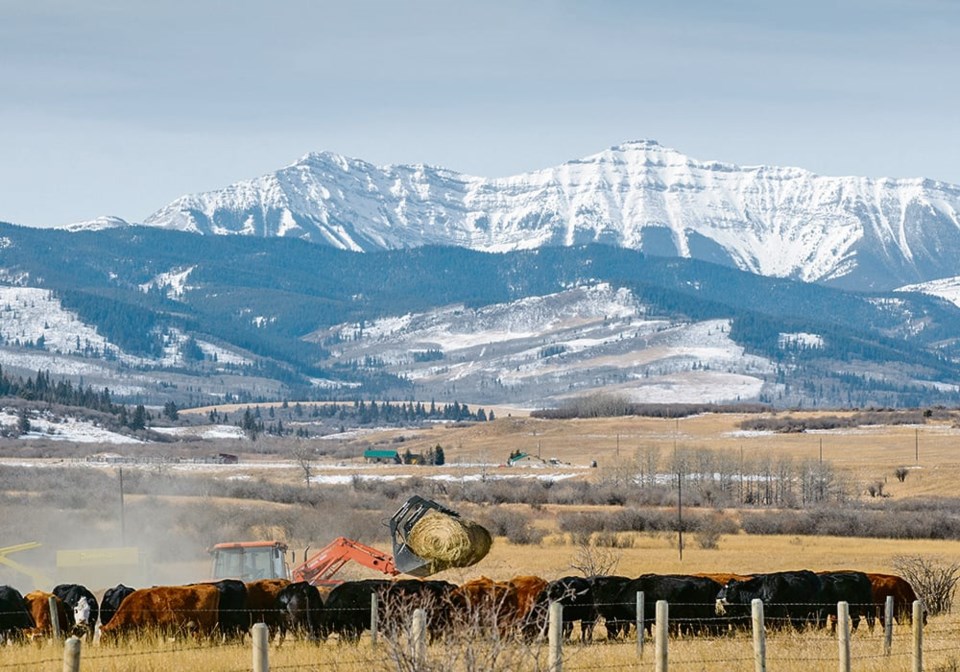A long-awaited beef competitiveness study will soon be made public, according to the general manager of Alberta Beef Producers.
Industry leaders are working with the provincial government to finalize the study’s recommendations, said Brad Dubeau during an interview Feb. 27. They will be released sometime after March 3 or 4.
“I know it’s a challenge,” Alberta Agriculture and Irrigation Minister Nate Horner told Alberta Beef Industry Conference delegates about the situation facing beef producers. “We’re seeing producers leave across North America for different reasons.”
However, there are also reasons for optimism, he said.
“With the mother cow herd the smallest it’s been since 1962 in the U.S., there are bright days ahead for this future, I really believe that, for this industry.”
Beef producers hope the study will show where profitability can be improved, said ABP past chair Melanie Wowk during an interview last July. She expected at the time that prices during the following few months could determine whether some producers, particularly older people, will continue raising cattle in an industry that is aging.
The increasing cost of beef calves and sheep prompted the Alberta government to add $50 million last year to a provincial program that helps younger producers obtain financing to buy livestock.
The Feeder Association Loan Guarantee Program was boosted to $150 million for beef and sheep producers, up from $100 million.
“Moving forward, my department is also exploring options on individual loan limits and the number of contracts that can be taken out,” Horner told the conference.
Although he revealed few details about the study’s conclusions, he said it validates concerns about specified risk materials “and the differences in the way they’re treated here, and other countries have negligible risk status, so that’s something I’m sure we’ll have conversations about going forward.”
Such materials include the skulls, brains and spinal cords of cattle slaughtered in Canada under federal rules to prevent tissues that may contain BSE from entering the human food chain.
China imposed a ban on Canadian beef imports following a case of atypical BSE in a central Alberta cow after the Canadian Food Inspection Agency reported it in late 2021.



